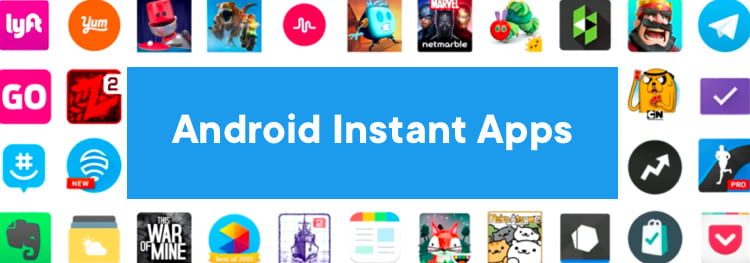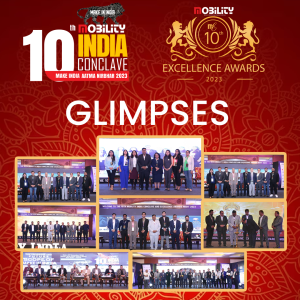The mobile app development industry is evolving at a break-neck speed and to survive and thrive in this digital Darwinian era, you have to get acquainted with the changing mobile app development trends.
Today, mobile is fundamentally transforming business models, operating models, and marketplaces, at a surprising rate. By the end of year 2021, mobile app market revenue is expected to reach $693 billion.
With Samsung coming up with its foldable OLED display, the operating systems are getting ready to make use of this technology to improve smartphone experiences. Google, in 2018, officially announced the foldable support on Android phones by using its ‘screen continuity’ API.

According to Samsung, hundreds of popular Android apps have been optimized for the Galaxy Fold, including Amazon Prime Video, Twitter, Spotify, Facebook, VSCO, and Microsoft Office.
Since ‘foldable phone’ was the buzzword in the year 2020, you need to plan out your mobile app development strategy in a way that it runs seamlessly on foldable devices — a challenging mobile app development trend in 2021.
Video streaming and gaming apps can reap maximum benefits from the foldable devices by simply increasing their screen size – or instead, using the extra space to offer additional information and controls. Thus, developing the apps keeping the screen in the mind will be one of the biggest mobile app development trends.
More than 50% of buyers want more do-it-yourself (DIY) custom service tools to expedite making an online purchase. And chatbots are a perfect way to extend that sort of customer relationship management.
The integration of chatbots to mobile apps will escalate from being fairly rudimentary to a fierce level.
As of date, there are approximately 2.5 million apps in the Google Play Store and about 1.8 million in the Apple App Store. However, you will be amazed to find out that there are just a few apps that have deployed chatbots to facilitate better UI/UX services.
One of them is Starbucks. They released an app called ‘My Starbucks Barista’ in which you have to tell the app the kind of coffee you want, and it places an order for you.
Wearable technology is progressively growing all around the globe. According to Statista, the number of connected wearable devices reached 453 million in 2017 and is expected to reach 929 million by 2021.
With technology advancement, we can expect wearable applications to soon become an important part of our everyday lives.
Apple, at WWDC conference, recently announced its WatchOS update. Apple Watch apps will no longer require a companion iOS app and will have its own App Store. This clearly signifies the rise in wearable technology — one of the important mobile app development trends currently.
With apps that operate independently from the iPhone, Apple has upgraded the stature of the Apple Watch to that of an independent device that users can use for their digital needs.
With iOS14.5+ redefining the industry’s approach to user acquisition, and Android 12 on the horizon, collecting granular data points on user behaviors and in-app patterns is becoming increasingly important. With this data, developers and marketers can do A/B testing to understand what users expect and how to optimize the in-app experience to better meet their needs.
Finally
With all these mobile application development trends, the mobile app industry will continue to expand at a rapid pace.
Thus, to stand out in the highly competitive mobile app development space, it is important for business leaders to stay abreast with the latest trends and technologies. The emerging mobile app platform development technologies, rising backend platforms, and microservices, combined with the new hardware capabilities, will continue to steer mobile apps’ evolution.






